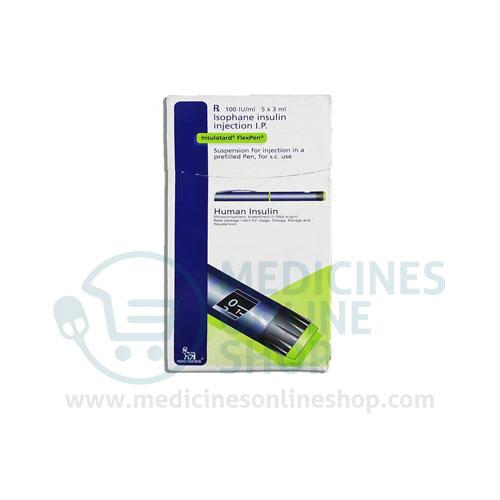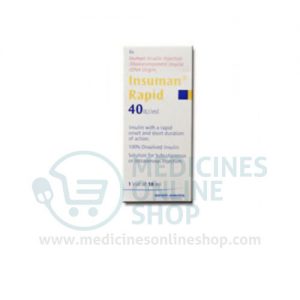Isophane Insulin Information
Pronunciation
(IN soo lin N P H)
What is this drug used for?
• It is used to lower blood sugar in patients with high blood sugar (diabetes).
Frequently reported side effects of this drug
• Injection site irritation
• Weight gain
Other side effects of this drug: Talk with your doctor right away if you have any of these signs of:
• Low blood sugar like dizziness, headache, fatigue, feeling weak, shaking, fast heartbeat, confusion, increased hunger, or sweating.
• Low potassium like muscle pain or weakness, muscle cramps, or an abnormal heartbeat.
• Vision changes
• Burning or numbness feeling
• Severe dizziness
• Passing out
• Mood changes
• Seizures
• Slurred speech
• Swelling of arms or legs
• Injection site thick skin, pits, or lumps
• Signs of a significant reaction like wheezing; chest tightness; fever; itching; bad cough; blue skin color; seizures; or swelling of face, lips, tongue, or throat.
Medication Safety Issues
Sound-alike/look-alike issues:
HumuLIN N may be confused with HumuLIN R, HumaLOG, Humira
NovoLIN N may be confused with NovoLIN R, NovoLOG
High alert medication:
The Institute for Safe Medication Practices (ISMP) includes this medication among its list of drugs which have a heightened risk of causing significant patient harm when used in error. Due to the number of insulin preparations, it is essential to identify/clarify the type of insulin to be used.
Other safety concerns:
Cross-contamination may occur if insulin pens are shared among multiple patients. Steps should be taken to prohibit sharing of insulin pens.
Storage/Stability
Humulin N vials: Store unopened vials in refrigerator between 2°C and 8°C (36°F to 46°F; do not freeze; keep away from heat and sunlight. Once punctured (in use), vials may be stored for up to 31 days in the refrigerator between 2°C and 8°C (36°F to 46°F) or at room temperature ≤30°C (≤86°F)
Humulin N KwikPen: Store unopened in the refrigerator between 2°C and 8°C (36°F to 46°F); do not freeze; keep away from heat and sunlight. Once punctured (in use), should be stored below 30°C (86°F) for up to 14 days.
Novolin N vials: Store unopened vials in refrigerator between 2°C and 8°C (36°F to 46°F) until product expiration date or at room temperature ≤25°C (≤77°F) for up to 42 days; do not freeze; keep away from heat and sunlight. Once punctured (in use), store vials at room temperature ≤25°C (≤77°F) for up to 42 days; refrigeration of in-use vials is not recommended.
Novolin N FlexPen: Store unopened pen in the refrigerator between 2°C and 8°C (36°F to 46°F) until product expiration date or at room temperature <30°C (<86°F) for 28 days; do not freeze; keep away from heat and sunlight. Once punctured (in use), store <30°C (<86°F) for up to 28 days; refrigeration of in-use pens is not recommended.
Canadian products: Unopened vials, cartridges, and pens should be stored under refrigeration between 2°C and 8°C (36°F to 46°F) until the expiration date; do not freeze; keep away from heat and sunlight. Once punctured (in use), Humulin vials, cartridges and pens should be stored at room temperature <25°C (<77°F) for up to 4 weeks. Once punctured (in use), Novolin ge vials, cartridges, and pens may be stored for up to 1 month at room temperature <25°C (<77°F) for vials or <30°C (<86°F) for pens/cartridges; do not refrigerate.
Adverse Reactions
Frequency not defined.
Cardiovascular: Peripheral edema
Endocrine & metabolic: Hypoglycemia, hypokalemia, weight gain
Hypersensitivity: Hypersensitivity reaction
Immunologic: Immunogenicity
Local: Atrophy at injection site, hypertrophy at injection site, injection site reaction (including redness, swelling, and itching)
Neuromuscular & skeletal: Swelling of extremities
Ophthalmic: Visual disturbance




